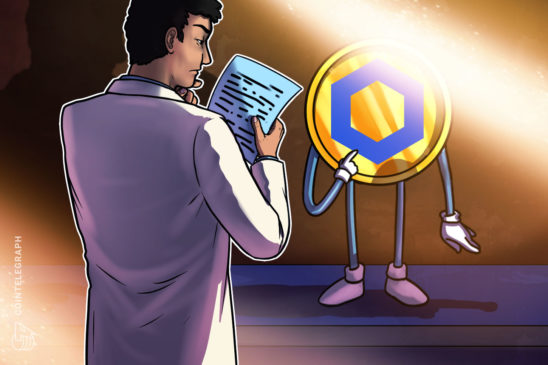Plasm, a smart contract protocol built on Polkadot’s Substrate framework, has integrated Chainlink’s (LINK) price feeds. Interestingly, the oracle project itself will likely soon become a Polkadot parachain.
Polkadot has a modular design wherein various parachains serve particular use cases. Its mainnet does not have smart contracts, but Plasm hopes to fill this void.
Plasm CEO, Sota Watanabe, told Cointelegraph that they intend to use Chainlink’s data oracles for Plasm’s Lockdrop — a token distribution mechanism pioneered by Edgeware. In order to receive Plasm’s tokens, a user needs to lock Ether or Bitcoin in a smart contract. In return, the user receives a certain amount of Plasm’s native tokens. The payout is proportional to both the amount of assets allocated and the duration of the lockup. At the end of the lockup period, the user gets their crypto assets back, along with their newly issued Plasm tokens. Soto said:
“If you have an ETH or Bitcoin, you have to lock your ETH on the Ethereum or you have to lock your Bitcoin on the Bitcoin network. So we need to get the price of Ethereum and Bitcoin on the Plasm network to issue some coin.”
Sota said that when Chainlink becomes a Polkadot parachain, it should only serve to make the Plasm network more capable. Although Polkadot supports data sharing between parachains, real-life applications still require information from other chains or from outside centralized sources:
“Once they connect their blockchain to Polkadot, we can get data and send data from the Chainlink blockchain to the Plasm network.”
Despite the modular design of Polkadot and the fact that some of its parachains may integrate Chainlink’s oracles, there still appears to be a need for native integration.




